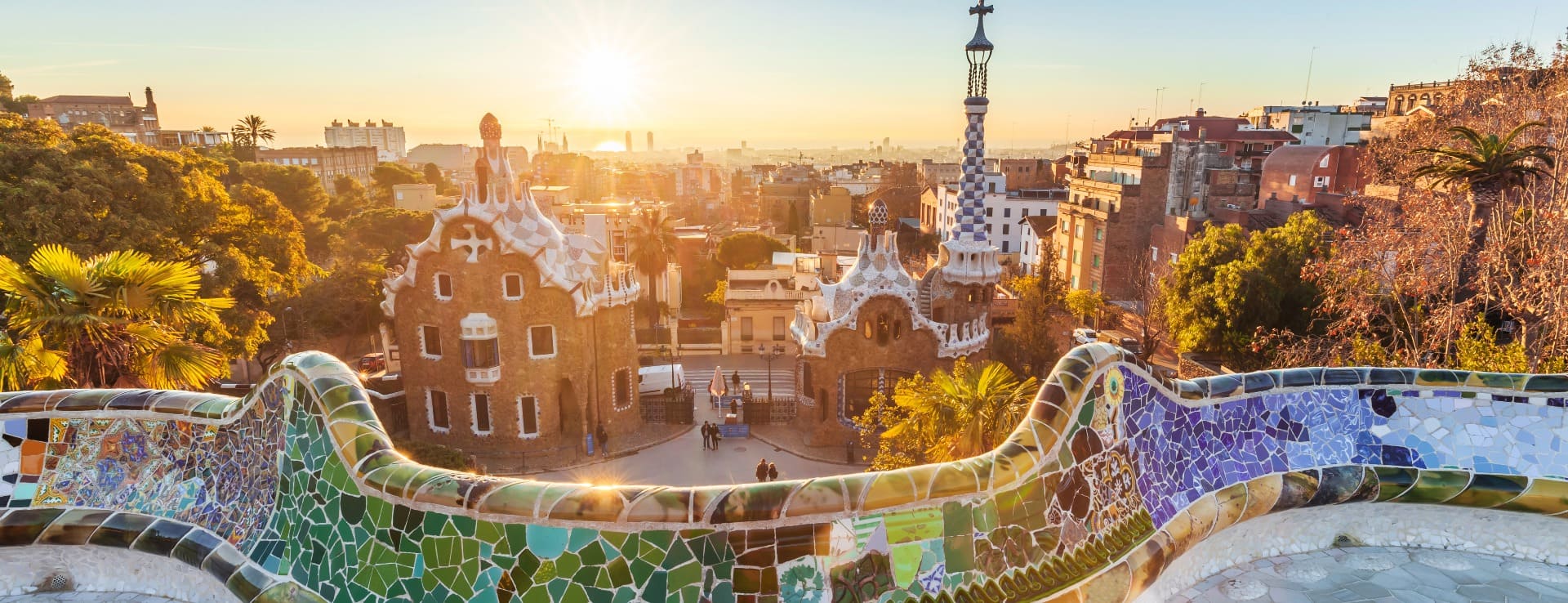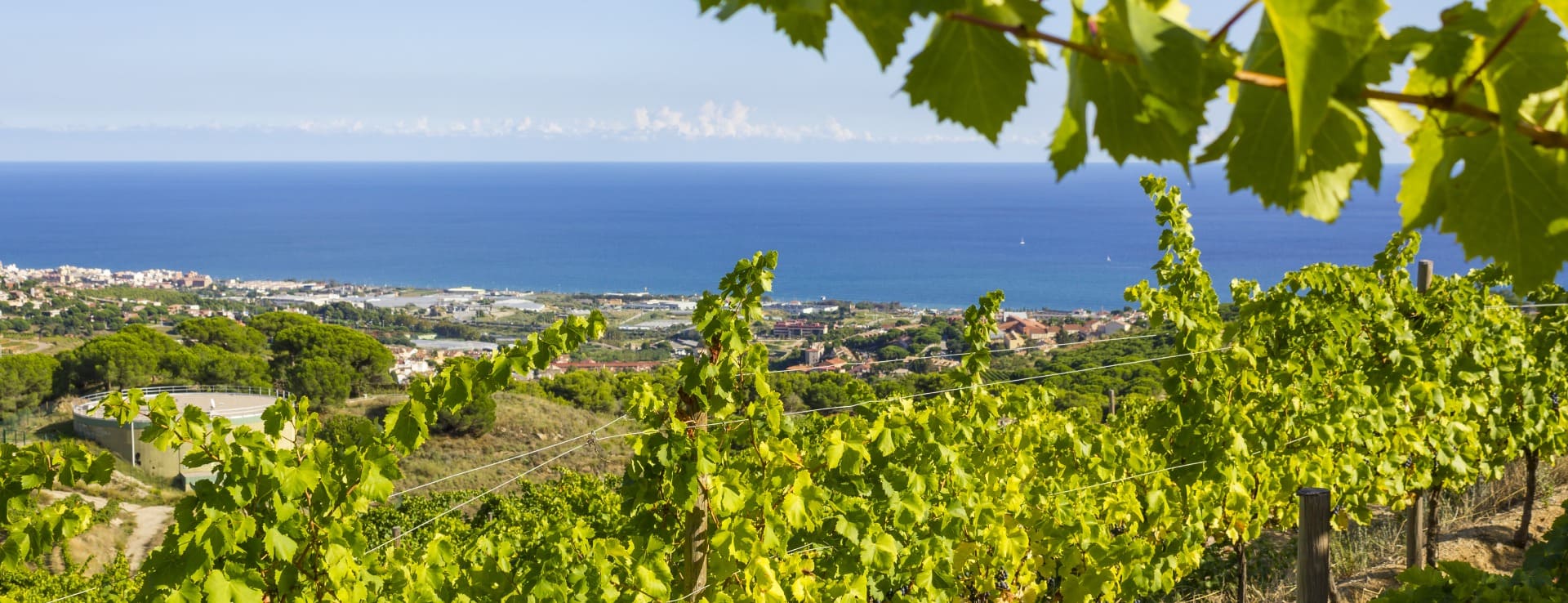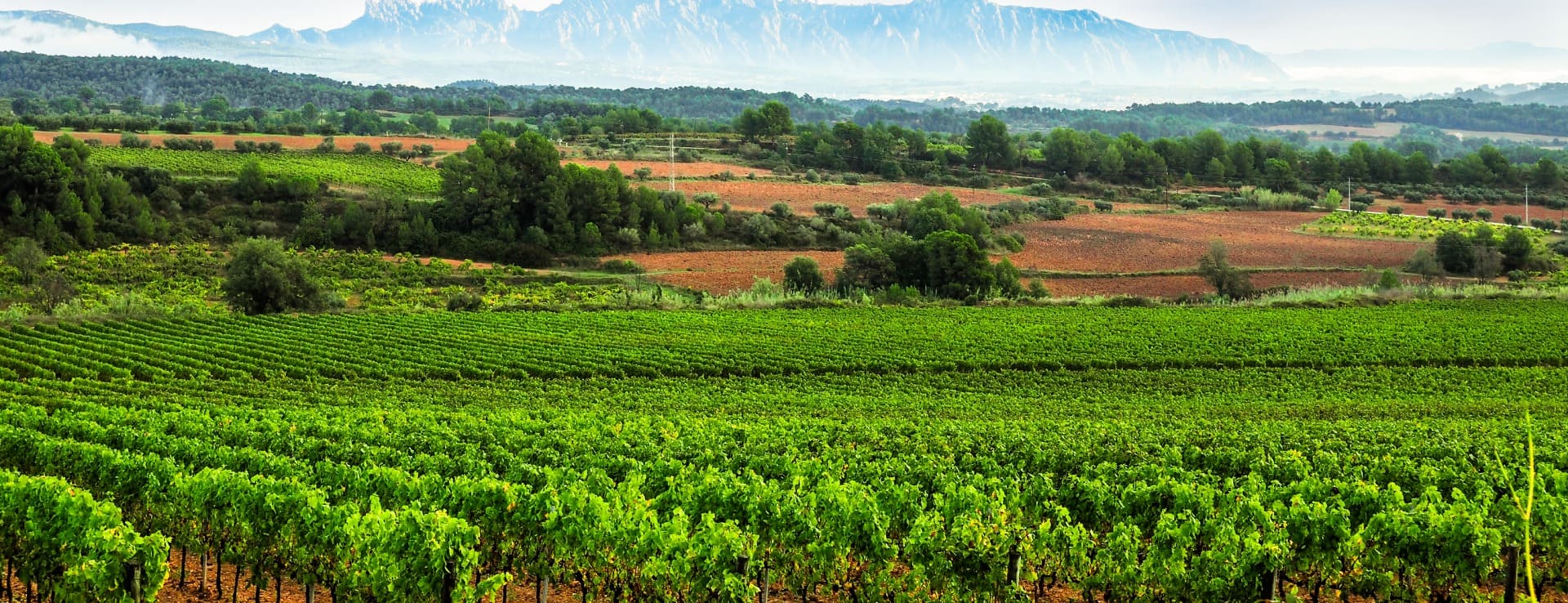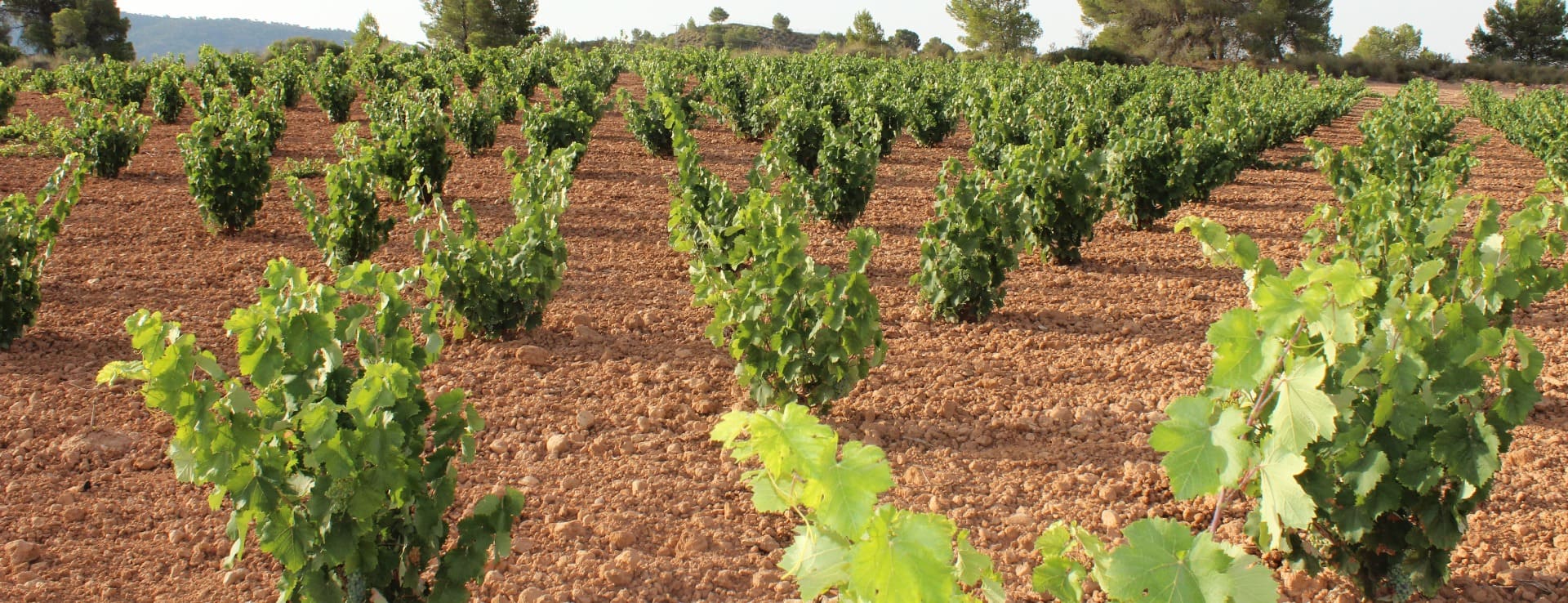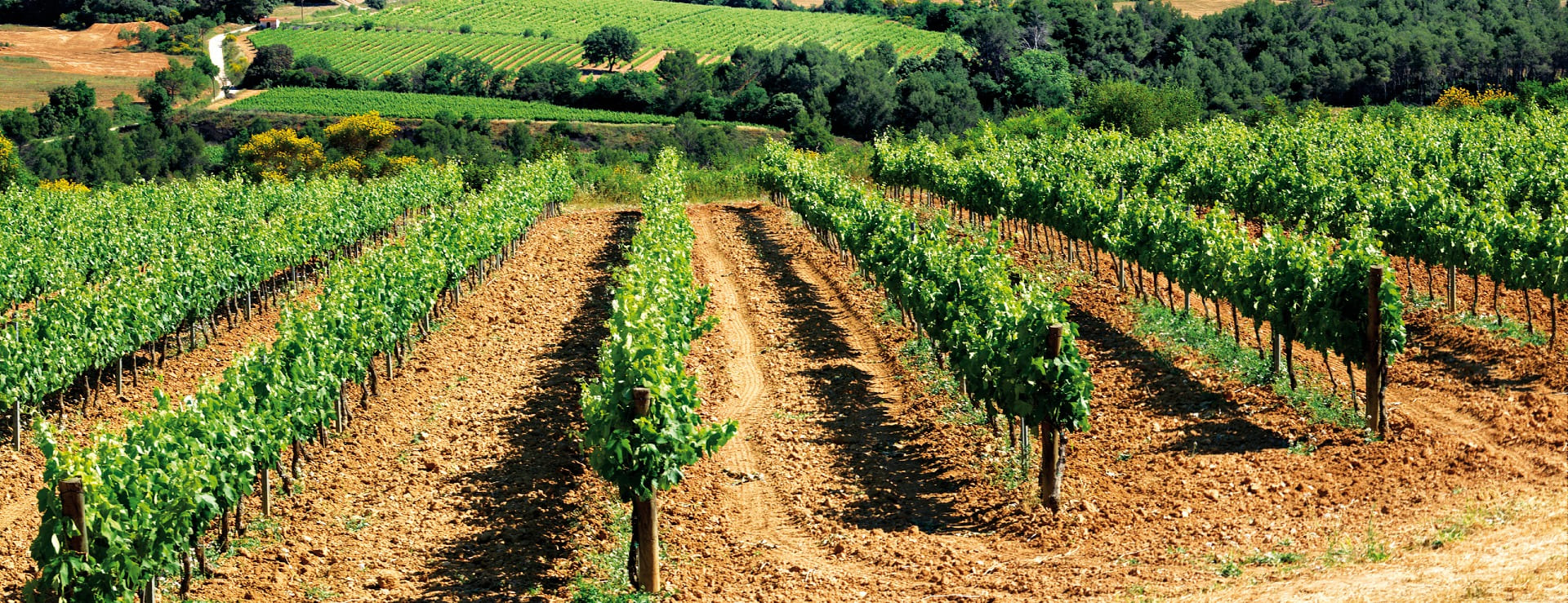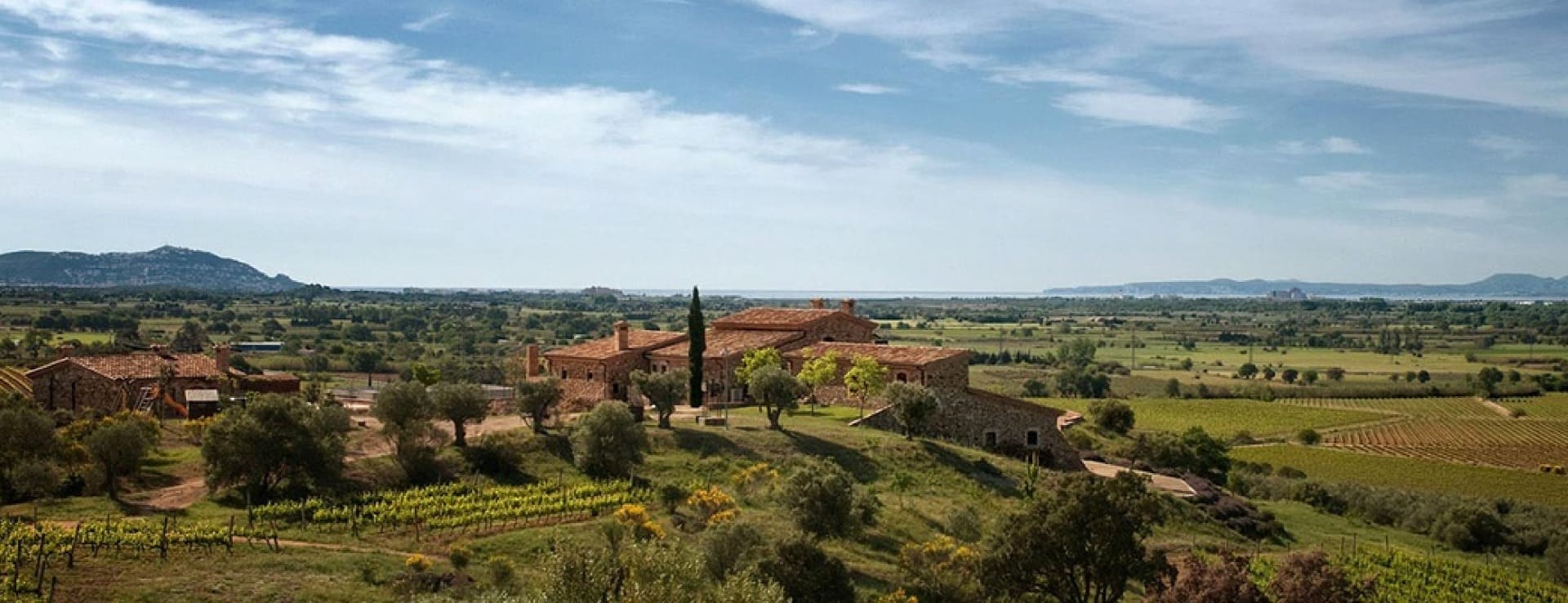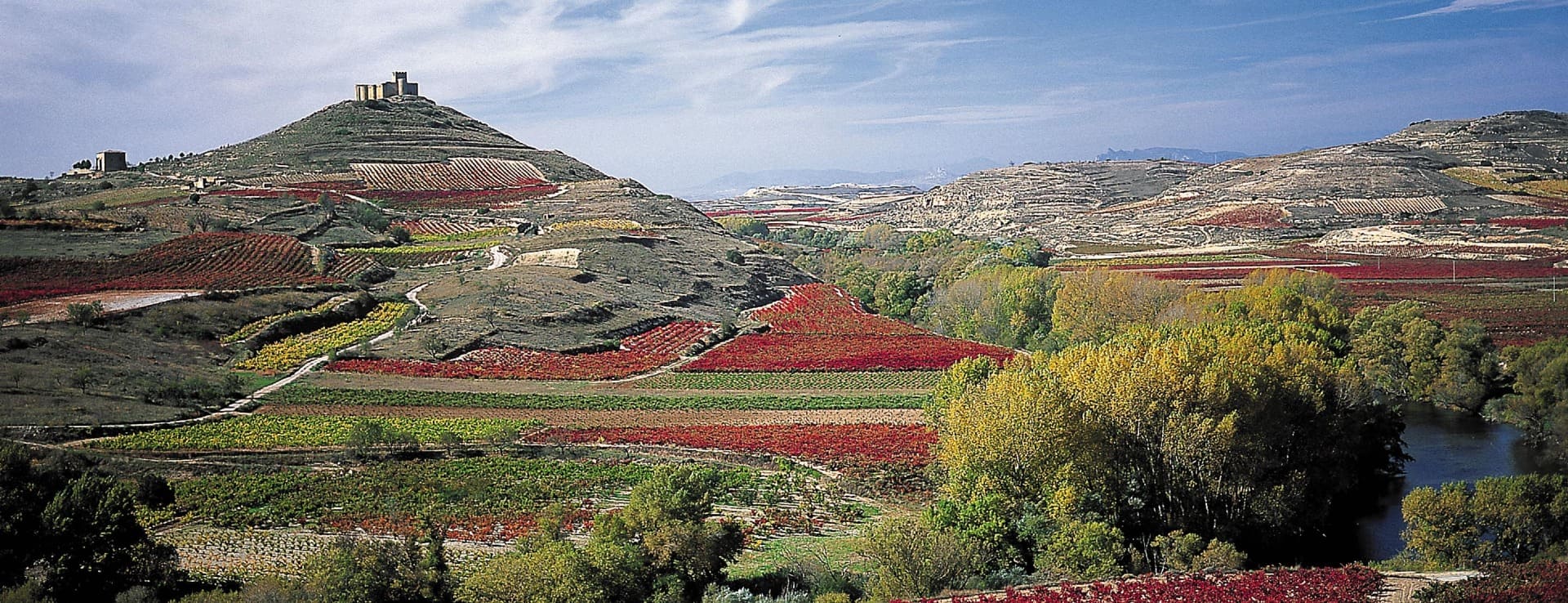Find your winery or vineyard
3 Wineries and Vineyards for sale in Barcelona
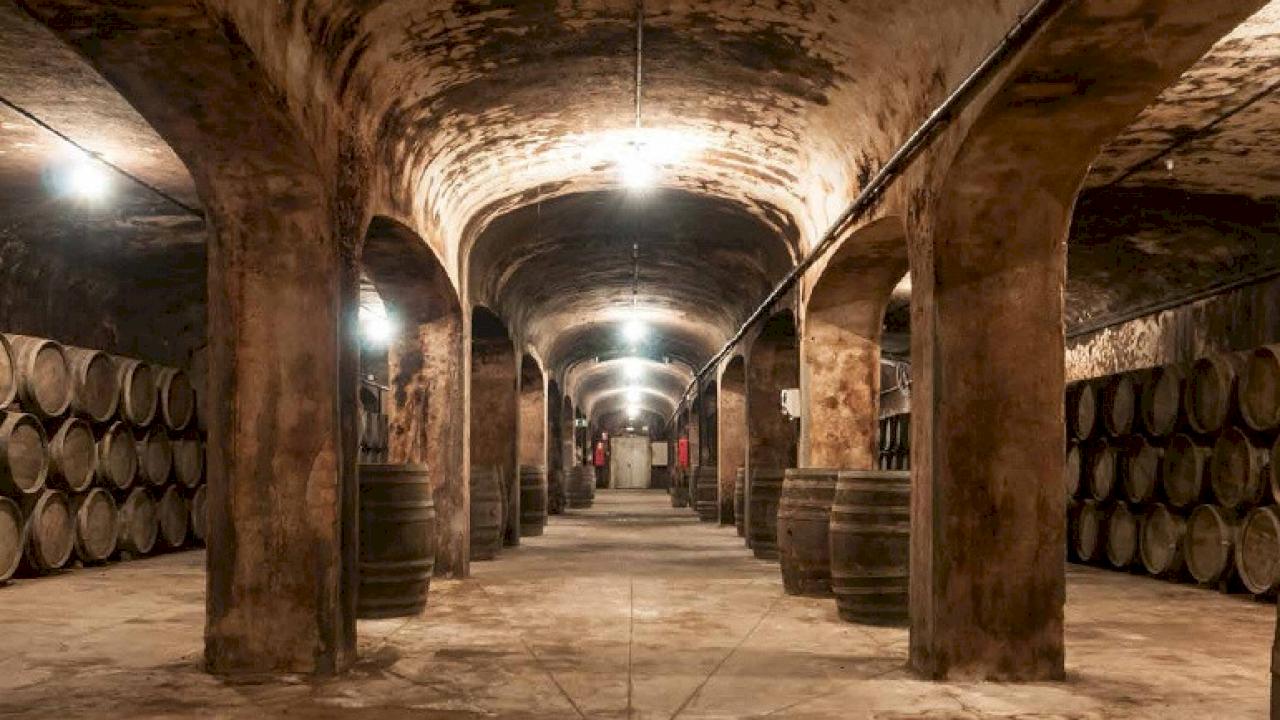
Cava winery with farm in DO Penedès.
Winery with a large capacity for cava production in DO Penedès with a lovely farm and large area of land.
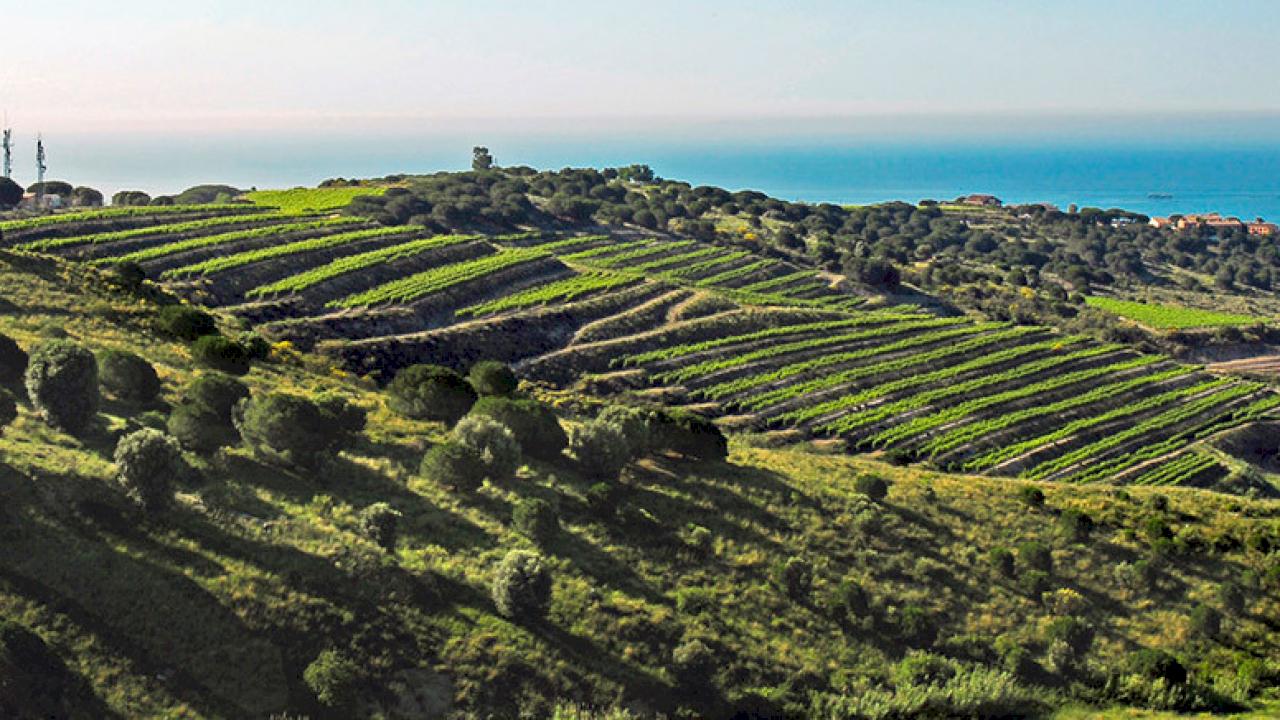
Modernist historical winery building
Winery of organic production located in DOAlella.
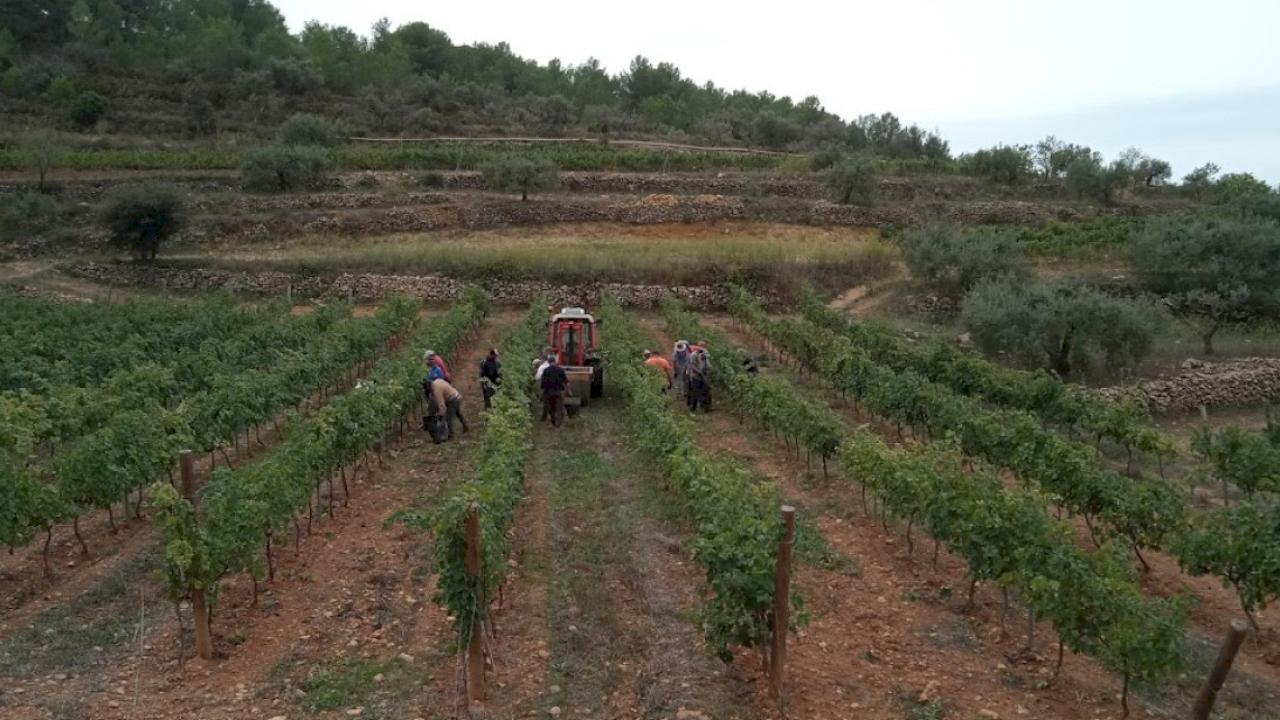
Brand new Masia completely renovated with vineyards and olive trees.
DO Penedés.
Infographic of the Denomination of Origin
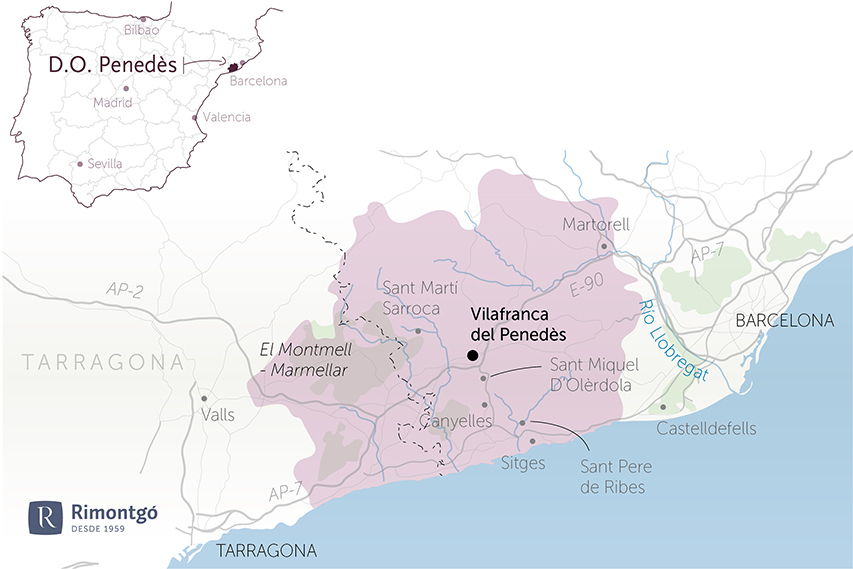
Change to imperial units (ft2, ac, °F)Change to international units (m2, h, °C)
D.O. year of foundation:
1960
Number of wineries (2017):
170
Total surface area:
2.500 ha6.178 ac
Maximum production allowed:
12.000 kg/ha10.706 lb/ac
Altitude of the vineyards:
Min: 250m
Max: 800m
Min: 820ft
Max: 2.625ft
Temperature:
Min: -5º
Max: 32º
Min: 23°F
Max: 90°F
Yearly hours of sun:
2.627
Yearly rainfall:
500 l/m246 l/ft2
Barcelona
The second biggest province in Spain in number of inhabitants is Barcelona. Situated in the northeast of the country and bathed by the Mediterranean Sea, it is the capital of Catalonia and bordering the rest of the autonomous regions: Tarragona, Lleida and Girona. Counting on 311 municipalities and apart from the capital, where almost 30% of the residents live, the towns with more than 200,000 inhabitants are Hospitalet de Llobregat, Terrassa, Badalona and Sabadell.
HISTORY OF WINE
The vine was introduced by the Greeks in the Empordà area. Back then they cultivated varieties of red grapes, imported from the Middle East and Egypt. In Roman times the wine business developed in Campo de Tarragona and Alella, especially thanks to the Via Augusta which crossed the Penedès. Among the archeological remains, the beam press has a special importance of the Wine Museum, invented by Cato the Elder in the second century BC.
The production of quality wines was held until the Middle Ages. One deciding factor was the necessity to supply parishes and monasteries for Eucharistic celebrations. The most acidic and dry white varieties were those used for preparing brandy, which would begin to be distilled in the 14th century. During the 18th century, exportation expanded.
Between the years of 1878 and 1900, the phylloxera had destroyed all the vines of Catalonia. It was the novelty of the production of champagne, produced according to the French method by the large firms in Sant Sadurní d’Anoia, which aroused the massive plantations of white varieties. Of the 26,000 hectares of the appellation, more than 80% of the area continues to correspond to the three classic stocks of which today we call cava: Macabeo, Parellada and Xarello. From the 1960´s the cultivation renewed, introducing new varieties of grape and new methods of wine producing, emphasizing the Penedès as the leader in technology.
WINES AND WINERIES
Although in Catalonia there are many designations of origin of great prestige, those that correspond to Barcelona are DO Penedès, DO Alella and DO Pla de Bages. Another one of its big milestones is being given the name of Origen Cava, a symbolic sparkling wine made in exactly the same way as champagne. The heart of the production of cava is Sant Sadurní d´Anoia, in the south of the province of Barcelona, where since the end of the 19th century, the specialized wineries (or homes of cava) produce 85% of what is marketed in the world.
The most outstanding wineries in the province are Can Ràfols del Caus, Agustí Torelló, Can Feixes, Albet i Noya, Cellers Augustus Forum, Vallformosa, Antonio Mascaró, Juve y Camps, Bodegas Torre del Veguer, Raventos i Blanc, Raventos Rosell, Bodegas Torres, Castellroig, Jean Leon, Bodegas Capità Vidal, Can Bonastre, Gramona, Heretat Mas Tinell, Jaume Ventura, Jaume Serra, Segura Viudas, Masía Bach, Parès Baltá, Pere Ventura, René Barbier, Soler Jovè, Sumarroca o Torres Moliner. Freixenet and Codorníu have become especially popular.
POINTS OF INTEREST
Barcelona is world famous for its multiple attractions. It has more than 100 kilometers of sand and beaches, so unique to towns like Sigtes, Castelldefels and Arenys de Mar. Further inland, there are natural parks like Montnegre-Corredor, El Montseny and even Sant Llorenç del Munt where the Mediterranean forest mixes with a famous monastery. Nevertheless, the most important monuments are found in the capital itself.
The works of Antoni Gaudí, like ParkGüell, Casa Milà, Casa Batlló or the Crypt of the Sacred Family are declared a World Heritage Site by UNESCO, as well as the Palace of Catalan Music and the Sant Pau Hospital in Barcelona. The city is famous for its Modernist architecture, but also for its lively cultural life and good food. Good, humble products and menus in Michelin-Starred restaurants exist harmoniously.
Discover more wineries and vineyards for sale in these wine regions in Spain
Subscribe to our mailing list to receive news about wineries and vineyards.

